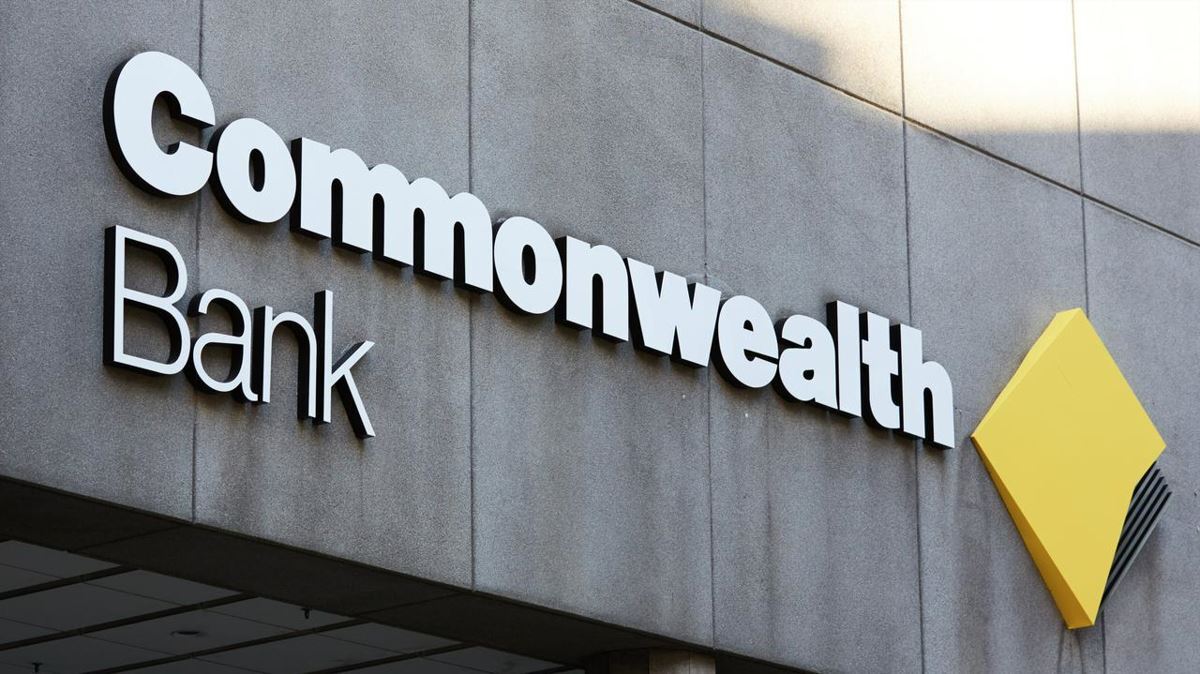The Commonwealth Bank of Australia (CBA) is Australia’s largest financial institution. It offers a diversified range of financial services covering the retail, business, institutional, investment, insurance, wealth management and broking services sectors with approximately 16 million customers.
The country’s largest bank will reveal its full-year results on Wednesday, August 10th. With a very uncertain backdrop amid an aggressive monetary tightening policy that saw the Reserve Bank of Australia (RBA) raise interest rates for four successive months totalling 175 basis points, analysts and investors are more interested in the lender’s forward guidance for the year ahead as opposed to the results from the year that was. On a separate note, the big four banks have all passed on the rate rises to their customers whilst limiting the increase in deposit rates, providing them with a higher net interest margin.
Past earnings / Expectations
CBA’s first half-year result reported a 23% increase in net profit after tax (NPAT) to $4.75 billion, declaring a fully franked interim dividend of $1.75 per share and announcing a $2 billion share buyback. The bank attributed its profitability to the following comments:
"Higher cash profits were a result of continued volume growth across the business in home lending, business lending and deposits lower loan impairment expense due to the improving economic outlook, and a reduction in remediation expenses.”
Bloomberg released data and expects the CBA group to achieve a full-year NPAT of $9 3 billion and a second-half dividend of $2.14.
 (Click here for an enlarged chart ASX:CBA with key levels)
(Click here for an enlarged chart ASX:CBA with key levels)Macro Environment
To understand how CBA may potentially fare this season, it’s essential to understand the macroeconomic environment in the preceding months. The general macro themes include high inflation, aggressive monetary policies, a tight labour market and adjusted discretionary spending.
However, investors need to remember that markets are forward-looking. Therefore the results released by CBA will be retrospective; although still necessary, what will be more critical is CBA’s forward guidance for the next 6-12 months which will dramatically impact the direction of the stock’s price. Key factors include CBA’s credit growth, signs of stress from rising rates, demand for credit and other business ventures.
I cover a few themes in further detail below:
Aggressive Monetary Policy
In May, the RBA began tightening interest rates with a 25bp hike followed by three successive 50bp hikes, with the cash rate now sitting at 1.85% (175bp higher). This aggressive form of tightening has placed immense pressure on household expenditure from rising rates weighing on discretionary spending, where customers allocate a larger portion of their household/business income towards housing & business credit.
As a result, Australia, more specifically the eastern coast of Australia, is now experiencing a rapid downfall in house prices, weighing on consumer confidence and affecting those highly leveraged customers the most. In saying that, Aussies have saved more than $200 billion to service their household expenditure as they start to rebalance their spending patterns.
Net Interest Margin (NIM)
Guidance on the NIM would be critical and likely drive the share price dramatically. To provide some context, an incremental increase in the NIM (even 0.1%) could increase the bottom line by $3-4 billion. With banks passing on the full rate hikes to variable loans and limiting the increase on deposit products, we can expect the NIM to increase over time achieving greater profitability.
Credit Losses
With an aggressive monetary policy leading to higher rates over a short period, this obviously places pressure on households as mentioned above, which impacts serviceability, especially those highly leveraged customers. This gives rise to potential bad loans or defaults from those highly leveraged customers, increasing default risk on the bank’s balance sheet. On a positive note, AU employment is solid with a 3.5% unemployment rate, meaning more Aussies have jobs and money to spend and manage their debt, so we can expect a reduced expectation in the near term.
Other business activities
In other business, CBA was heavily invested in the Swedish Buy Now Pay Later company Klarna with a $2 billion investment which saw a drastic 85% drop in its valuation due to market conditions in the BNPL space, demand for such credits, reduced discretionary spending and competitor landscape.
CBA also reported that the sale of its 10 per cent shareholding in the Bank of Hangzhou delivered a pre-tax gain of $516 million, recognised in its cash NPAT and included within other banking income.
Conclusion
Overall, it is expected that CBA will fare well and beat analysts’ expectations this earnings season. More importantly, it is expected to provide strong forward guidance given that the market landscape is now less uncertain than 6-12 months ago.
Disclaimer: CMC Markets Singapore may provide or make available research analysis or reports prepared or issued by entities within the CMC Markets group of companies, located and regulated under the laws in a foreign jurisdictions, in accordance with regulation 32C of the Financial Advisers Regulations. Where such information is issued or promulgated to a person who is not an accredited investor, expert investor or institutional investor, CMC Markets Singapore accepts legal responsibility for the contents of the analysis or report, to the extent required by law. Recipients of such information who are resident in Singapore may contact CMC Markets Singapore on 1800 559 6000 for any matters arising from or in connection with the information.








